The 2020s have not been kind to the performing arts. The COVID-19 pandemic has made gathering together indoors or outdoors difficult, if not impossible.
Few would argue that there isn’t something special and very human about live performance—to tell, see and listen to stories unfolding in words, sound or movement in real time.
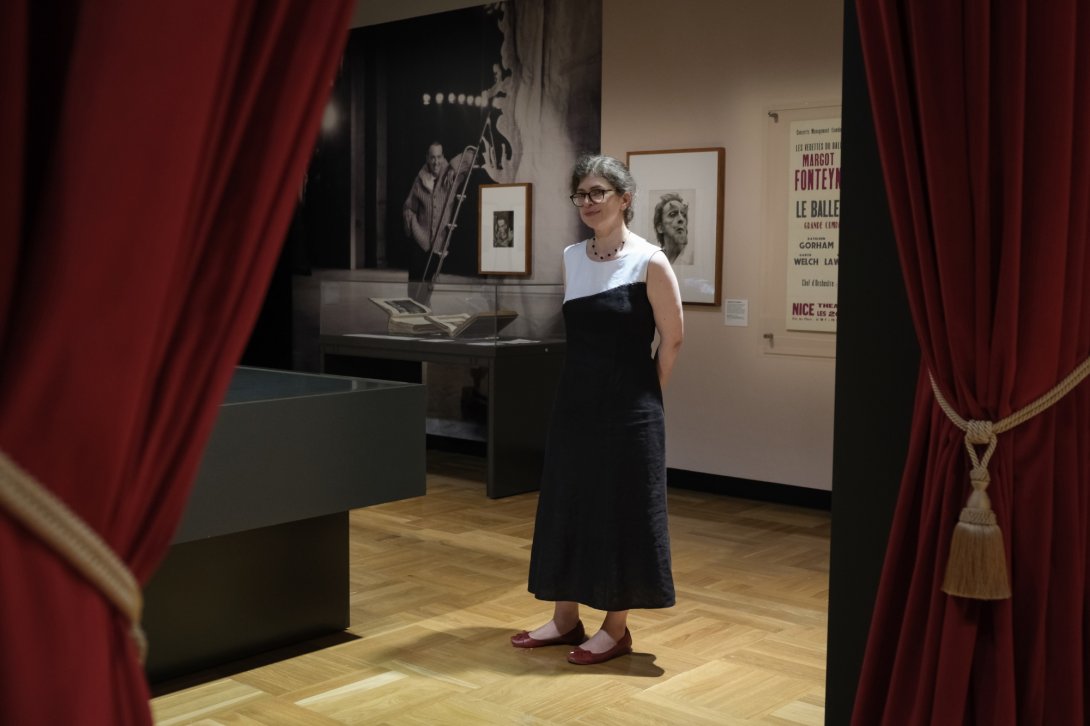
Despite advances in audio-visual and digital technologies, people still go out, when they can, to participate, collectively, in that live conversation that happens between performer and audience. There’s often anticipation, possibility and magic in the air. Performers talk about the connection they make with audiences and the energy to which they respond. By nature, an evening’s performance ends. It’s ephemeral. But its impact can be long-lasting.
The Library’s new exhibition On Stage: Spotlight on Our Performing Arts reflects on the history of performing arts in Australia through the Library’s vast collections and looks forward to the return of better days. With just over 180 objects, it surveys many key moments, people and productions by or for Australians. It is a rich and diverse history and one that deserves to be better known.
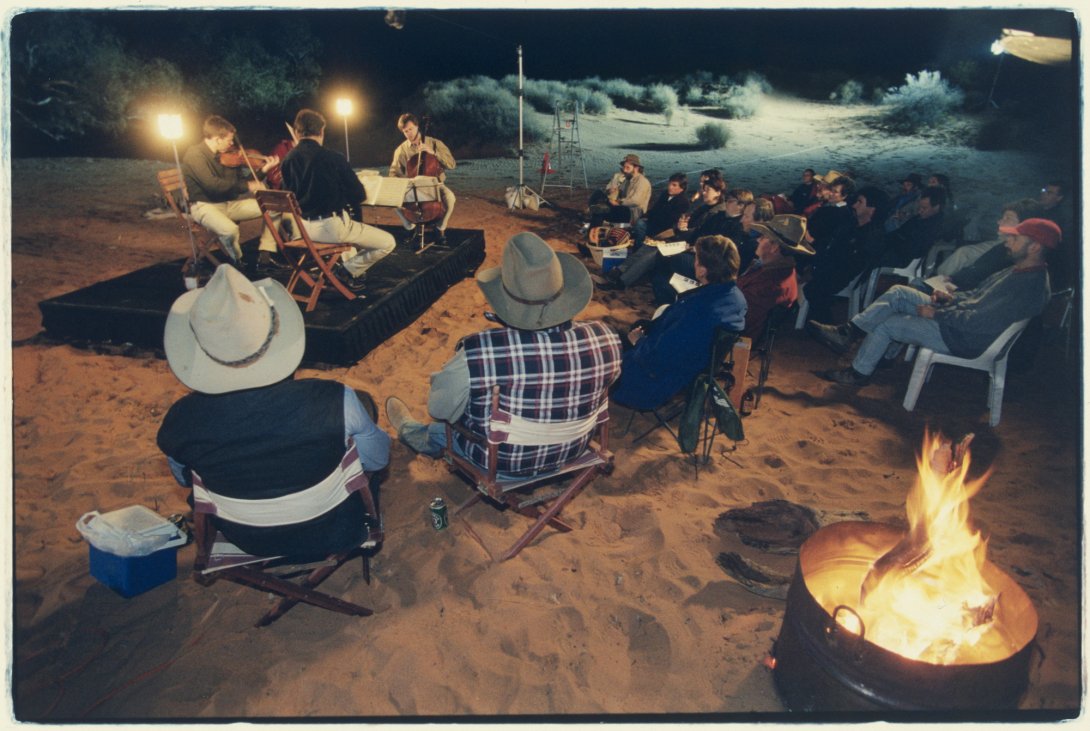
Australia has often been seen as a victim of cultural isolation and cringe. The exhibition explores how, throughout its history, Australia has been connected to the wider world through overseas touring performers, and by Australians performing overseas. It will explore how Australian performing arts reflects on and relates to questions of Australian identity and voice.
The Library’s collections document our history from the perspective of the audience and that of the creators. There are programs, playbills and posters, as well as items that shed light on the business of putting on a production—costume designs, scripts and salary lists for example. The exhibition brings together diverse collections—from silk playbills and large band posters to musical scores, scripts, a performing wig and a set model for the ballet Swan Lake. I have loved immersing myself in these collections, to scan the details they offer on how the entertainment may have played out.
The exhibition features people, bands and companies that are still well known to us today—soprano Dame Nellie Melba; actor, dancer, choreographer and artistic director Sir Robert Helpmann; soprano Dame Joan Sutherland; and familiar names from more recent times such as INXS, Kylie Minogue and AC/DC—and those whose fame has receded into the shadows. For example, have you heard of banjo player Bessie Campbell ‘Banjo Queen’ or actress Nellie Stewart, once called ‘Australia’s idol’?
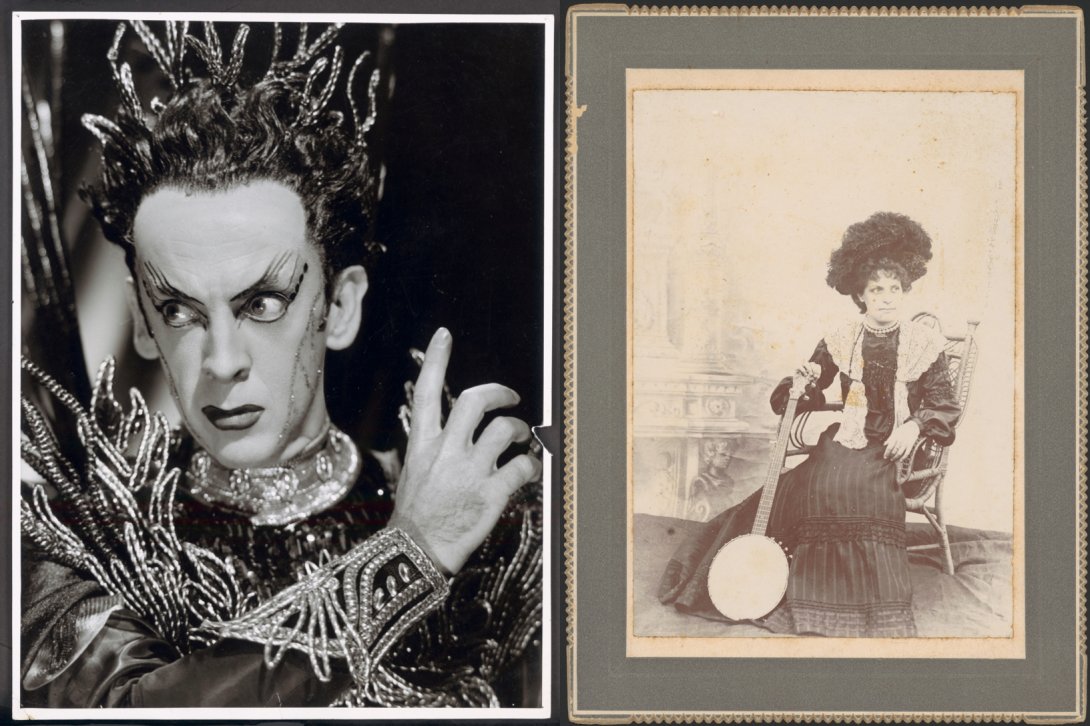
I have also tried to represent the spectrum of performing arts—theatre, opera, dance, variety and vaudeville, festivals, folk music, comedy, magic, rock, pop and more. Performing arts is a vital, ever-changing art form that evolves as we, our tastes and our concerns change. The exhibition showcases productions that have provoked and challenged the conversation, as the arts should. Some that are explored in the exhibition are Alex Buzo’s Norm and Ahmed (1968), The Legend of King O’Malley (1970), Bob Maza’s National Black Theatre and Nimrod’s production of Basically Black (1972) and a 1996 performance of Deborah Mailman and Wesley Enoch’s play Seven Stages of Grieving.
Exhibition highlights include the 1796 playbill, the earliest surviving document printed in Australia. It documents an evening’s entertainment at Sydney’s first purpose-built theatre, the main event being a performance of the tragedy Jane Shore.
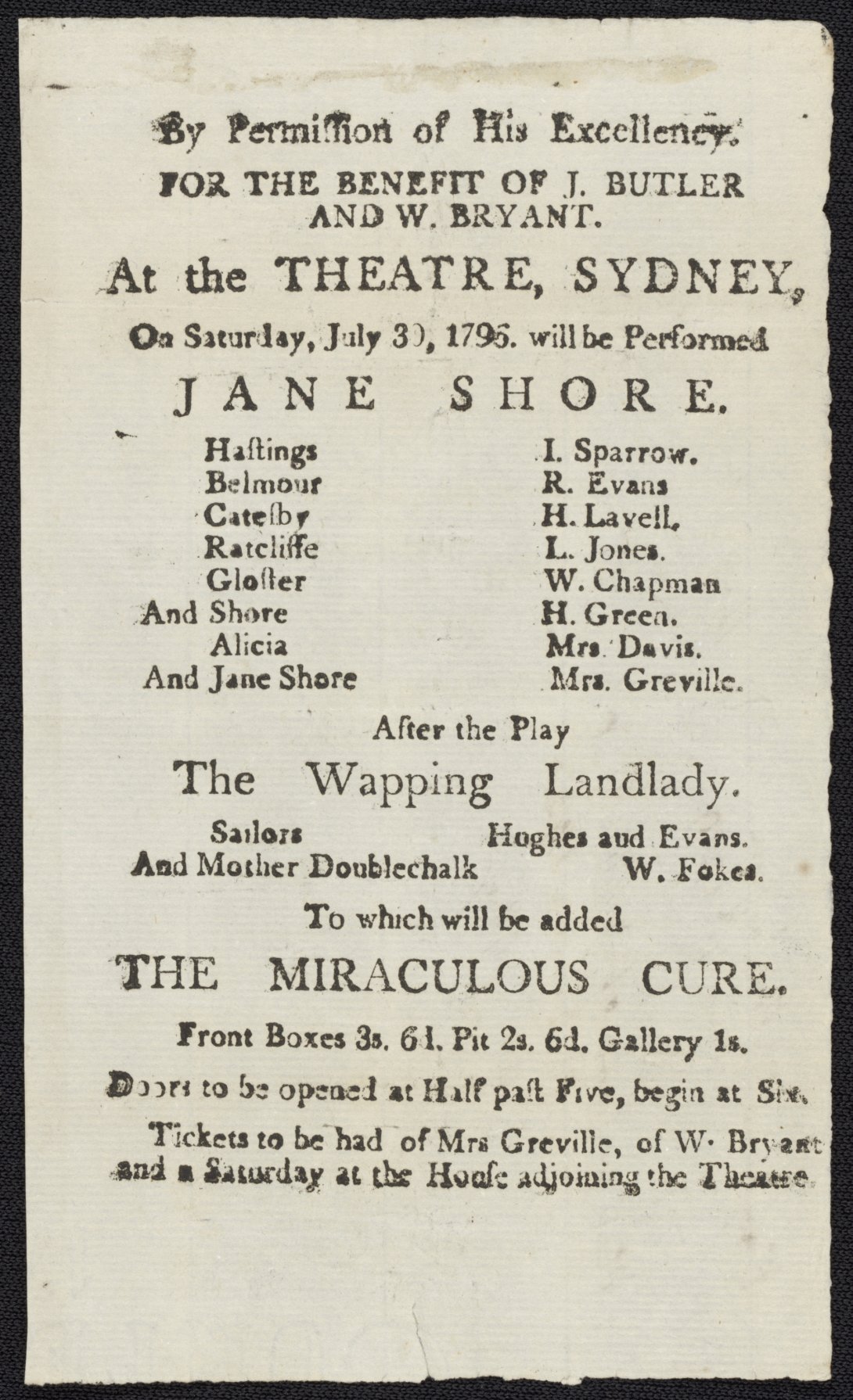
There is a lagerphone—a makeshift instrument constructed from a broom-handle and beer bottle caps—associated with the influential folk group The Bushwhackers in the 1950s. There are spectacular posters, such as the poster featuring Saharet, the Victorian-born dancer of Asian heritage who performed in Europe and America from the late nineteenth century, and a poster featuring the comedy duo Nat Phillips and Roy Rene performing as Stiffy and Mo.
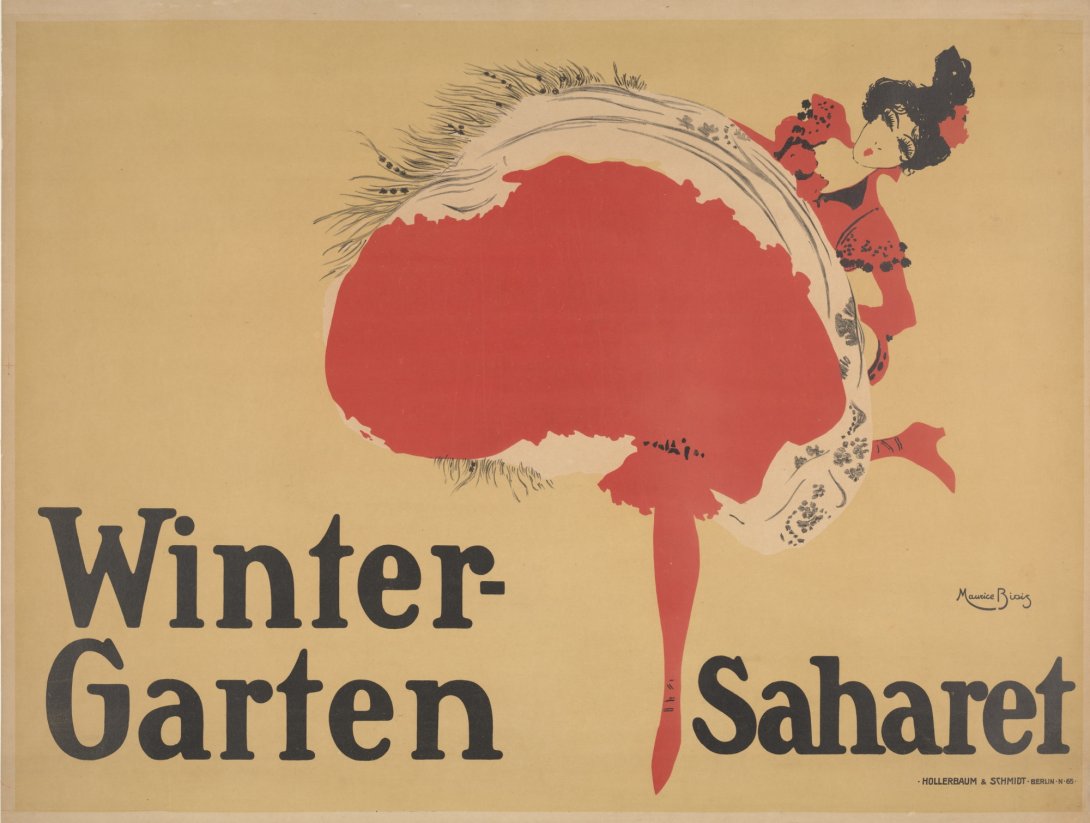
We invite you to visit us to see these wonderful collections in this survey of the history of Australia’s performing arts. Unlike most performances, entry is free, and no tickets or bookings are required.
On Stage runs until Sunday 7 August, at the National Library of Australia. An illustrated companion to the exhibition is available at our bookshop.